GET READY FOR TAXES: IMPORTANT THINGS TO KNOW ABOUT REFUNDS
WASHINGTON – As tax season draws near, the Internal Revenue Service (IRS) cautions taxpayers not to rely on receiving their refund by a certain date. Especially when making major purchases or paying bills. Refunds may take longer for tax returns that require additional review.
Many factors affect refund timing
Each tax return is unique and individual, therefore so is each taxpayer’s refund. There are a few things that taxpayers should remember if they are waiting on their refund but notice on social media that other taxpayers have already received theirs:
- The IRS continues strengthening security to protect against identity theft and refund fraud.
- Most refunds are issued in less than 21 days; however, certain refunds may take longer. Some tax returns require additional review due to error or fraud. Taxpayers are contact by MAIL whenever more information is needed to process a tax return.
- By law, the IRS cannot issue refunds to people claiming the Earned Income Tax Credit (EITC) or Additional Child Tax Credit (ACTC) before mid-February. This helps ensure taxpayers receive the refund they’re due by giving the IRS more time to detect and prevent fraud.
- Using Where’s My Refund?, taxpayers can check the status of their refund within 24 hours after the IRS has received their electronically filed tax return or four weeks after mailing a paper return.
Year-end bonus, holiday pay and temporary job may affect refund
Certain financial transactions, particularly those occurring late in the year, can often have an unexpected impact on taxes and any potential refund. Examples include year-end and holiday bonuses, stock dividends, capital gain distributions from mutual funds and stocks, bonds, virtual currency, real estate or other property sold at a profit.
Taxes must be paid as income is earned or received during the year. Either through withholding or estimated tax payments. If the amount of tax withheld from salaries or pensions is not enough, the taxpayer may have to make estimated tax payments.
Taxpayers whose 2019 federal income tax withholding unexpectedly falls short of their tax liability for the year, can still make a quarterly estimated tax payment directly to the IRS. The deadline for making a payment for the fourth quarter of 2019 is Jan. 15, 2020.
The Tax Withholding Estimator, available on IRS.gov, can help taxpayers make sure they have the right amount of tax withheld from their pay.
A companion publication, Publication 505, Tax Withholding and Estimated Tax, has additional details including worksheets. Also examples that can be especially helpful to those who have dividend or capital gain income, owe alternative minimum tax or have other special situations.
The quickest and easiest way to make an estimated tax payment is to do so electronically using IRS Direct Pay or the Treasury Department’s Electronic Federal Tax Payment System (EFTPS). For information on other payment options, visit IRS.gov/payments
Taxpayers who pay too little tax during the year, either through withholding or estimated tax payments, may be assessed a penalty when they file. In some cases, a penalty may apply if their estimated tax payments are late. This is even if they are due a refund when they file.
Certain past-due debt reduces refunds
By law, the Department of Treasury’s Bureau of the Fiscal Service (BFS) issues IRS tax refunds and manages the Treasury Offset Program (TOP). Under TOP, BFS may reduce a taxpayer’s refund and offset all or part of the refund. This is done to pay past-due federal tax, state income tax, state unemployment compensation debts. Also child support, spousal support or other federal nontax debts, such as student loans.
BFS will reduce the refund to pay off the debt owed and send a notice to the taxpayer if an offset occurs. Any part of the remaining refund after offset is issued in a check or direct deposited to the taxpayer. As originally requested on the return.
Aside from the TOP, refund amounts may also be adjusted due to changes the IRS made to the tax return. When that happens, the taxpayer will get a notice explaining the changes. Where’s My Refund? will also reflect the reasons for the refund offset when it relates to a change on the tax return. IRS.gov has more information about refund offsets.
Video Player
00:00
01:08
File electronically and use direct deposit
The great majority of taxpayers get their refunds faster by filing electronically and using direct deposit. It is simple, safe and secure.
Taxpayers choose it as their refund method through their tax software. Also and by typing in their bank account number and routing number. Taxpayers can also let their tax preparer know they want direct deposit. It is even also available to the small number of taxpayers still filing by paper.
Refunds should only be deposited directly into accounts that are in the taxpayer’s name. Also their spouse’s name or both if it’s a joint account.
For other tips and resources, check out the Blog page on our website to get ahead on tax season.




